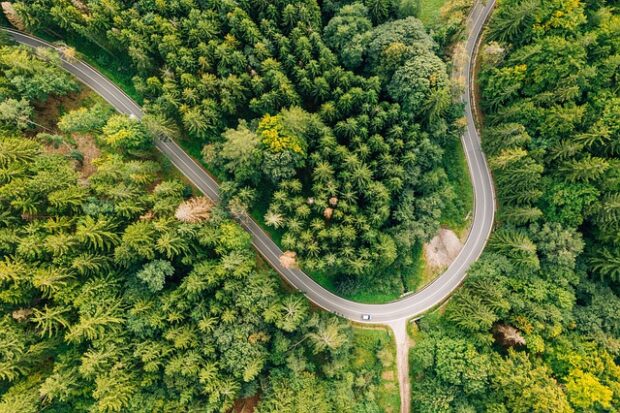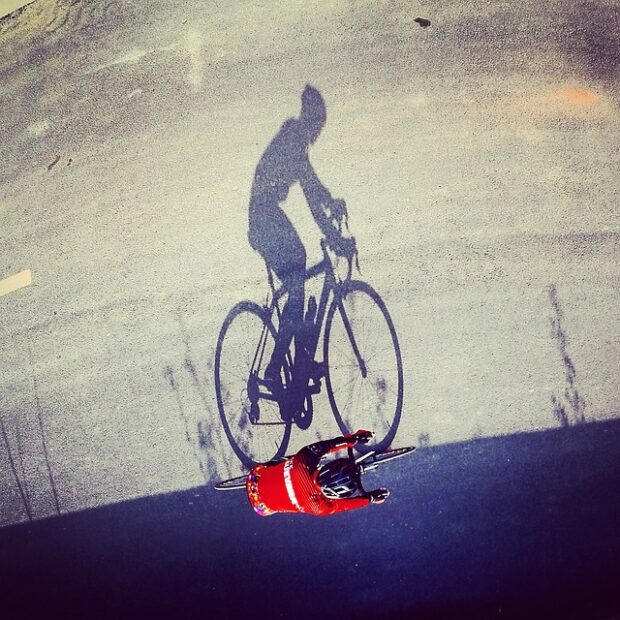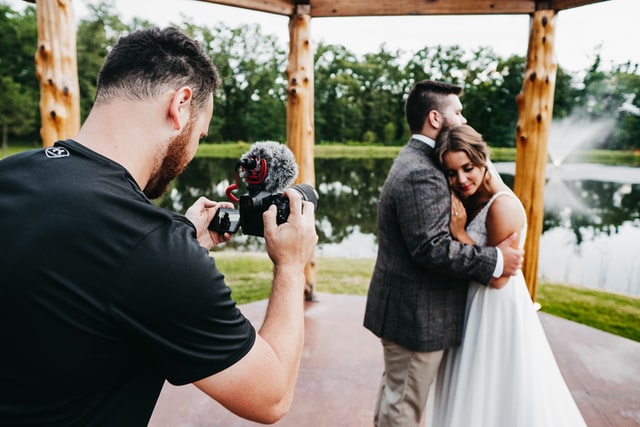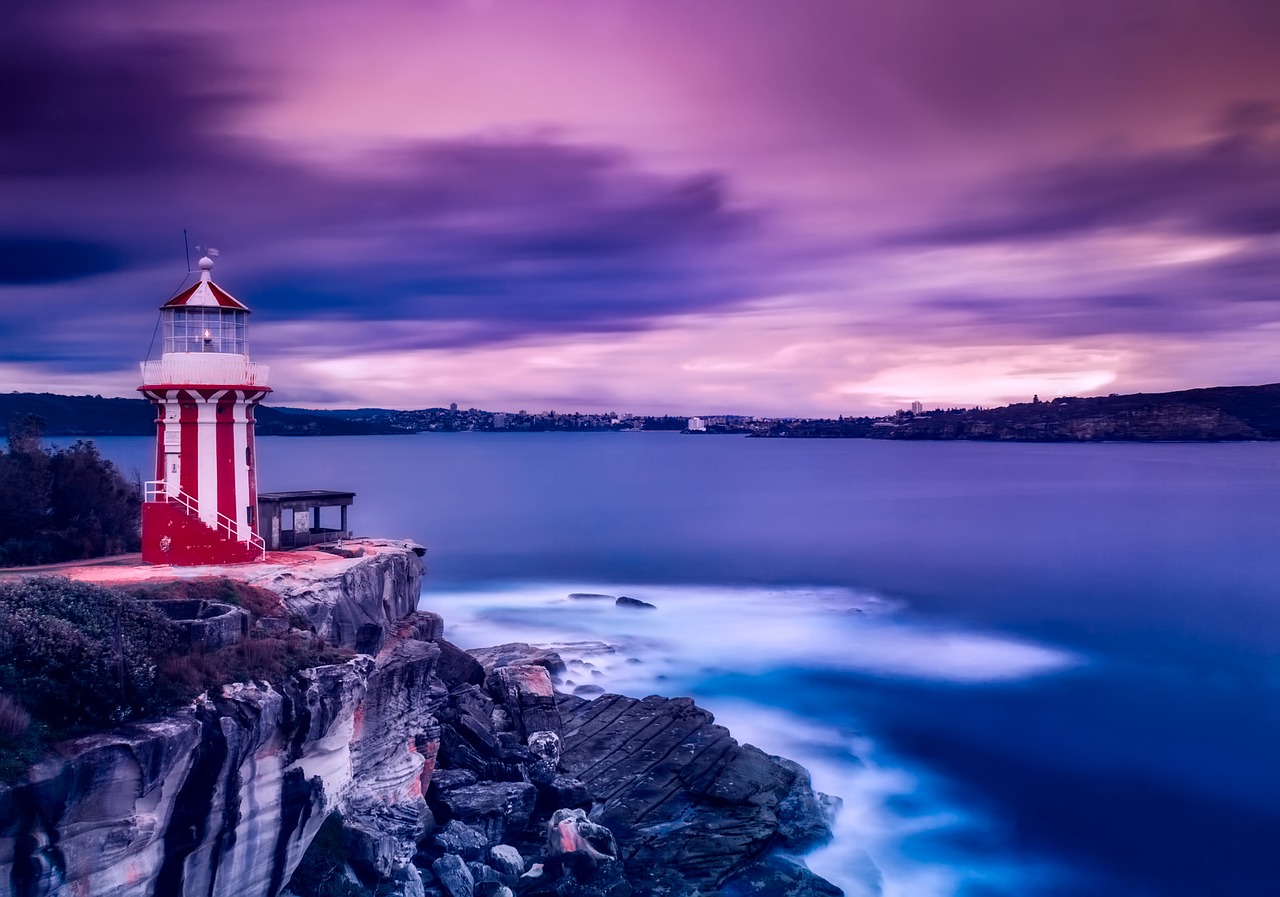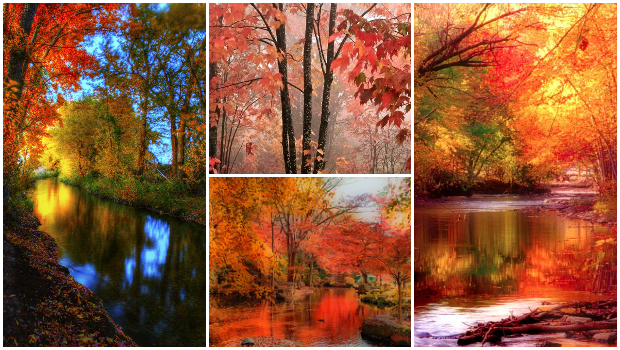Capturing captivating aerial photos can be a thrilling and rewarding experience. As drone technology becomes more accessible, enthusiasts are taking to the skies to capture stunning aerial photos.
There are essential tips that can help elevate your aerial photography game.
1. Location Scouting
The foundation of any successful aerial photography expedition is thorough location scouting. Before taking to the skies, it’s essential to research and plan your flight location in advance. This means more than just picking a spot on the map. It involves understanding the lay of the land and identifying unique vantage points that will set your photos apart. One of the first considerations is to look for interesting landscapes or landmarks that can serve as focal points in your compositions.
Iconic landmarks, natural wonders, or even lesser-known hidden gems can all make for compelling subjects. Consider the time of day and weather conditions as well, as these factors can dramatically affect the lighting and mood of your shots. As a great source of inspiration, you can explore the world of stock photos without depleting your valuable resources.
2. Master the Gimbal
Once you’ve chosen your flight location, it’s time to master the art of controlling your camera’s gimbal. The gimbal is a pivotal tool that allows you to stabilize your camera and adjust its orientation while in flight. Understanding how to use it effectively is crucial for capturing both horizontal and vertical shots, adding variety to your aerial portfolio.
Using the gimbal to smoothly pan or tilt your camera can create cinematic movements in your aerial shots, adding an extra layer of dynamism to your photography. Practice is key to mastering the gimbal, and experimenting with different angles and movements can help you refine your aerial photography skills.
3. Use Leading Lines
Incorporating leading lines into your aerial compositions can be a powerful technique to guide the viewer’s eye and create depth in your photos. Leading lines can be either natural, such as rivers, roads, or coastlines, or man-made, like bridges, pathways, or city streets.
These lines draw the viewer’s attention into the frame, helping to establish a visual journey through your photograph. Rivers winding through a landscape, roads disappearing into the distance, or coastlines hugging the shore all create a sense of movement and direction, immersing the viewer in the scene.
When utilizing leading lines, consider the rule of thirds. Position your main subject or focal point where the leading lines intersect or along one of the lines. This will help create a balanced and visually pleasing composition that captures the viewer’s interest.
4. Experiment with Angles
High-angle shots offer a unique perspective, allowing you to showcase the landscape from a bird’s-eye view. This is particularly effective for emphasizing patterns, symmetry, and the overall layout of the terrain.
These shots can be particularly striking when capturing cityscapes, geometric fields, or natural formations like crop circles. Experimenting with angles also extends to creative compositions. Consider tilting your camera to capture unique diagonals, or rotate your drone to create intriguing oblique views. The key is to push your creative boundaries and let your imagination take flight.
5. Post-Processing
The final step in the journey to captivating aerial photos takes place on the ground – in post-processing. After your flight, it’s essential to enhance your photos using software like Adobe Lightroom or Photoshop. This stage allows you to fine-tune your images, adjusting exposure, contrast, color, and more to achieve the perfect final result.
Start by assessing your images and selecting the ones that best convey your vision. Then, begin the process of post-processing by correcting any exposure issues, ensuring that details in both shadows and highlights are visible. This step is crucial, as lighting conditions can change rapidly in aerial photography.
Next, pay attention to color correction. Adjust the color temperature and saturation to create a cohesive and visually appealing look. A warm, golden-hour glow can evoke feelings of warmth and nostalgia, while cooler tones can convey a sense of serenity and tranquility.
In conclusion, capturing captivating aerial photos is an art form that combines creativity, technical skill, and a deep appreciation for the world from above.

